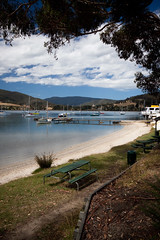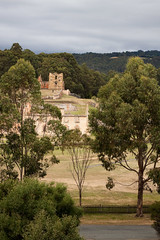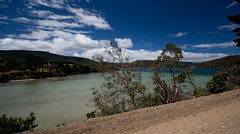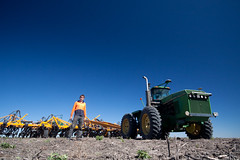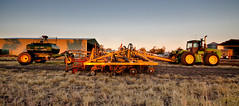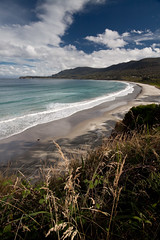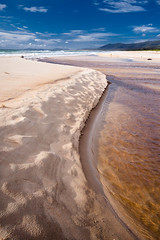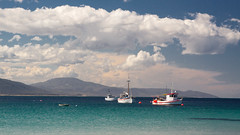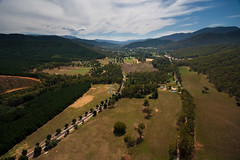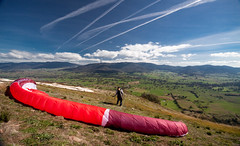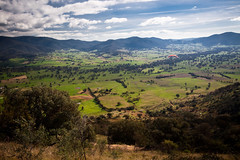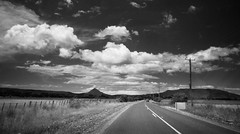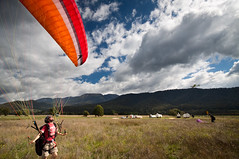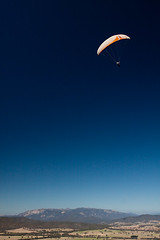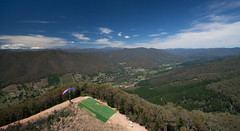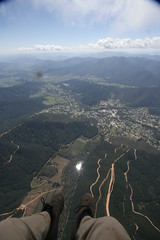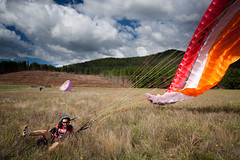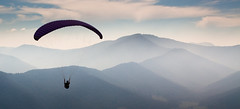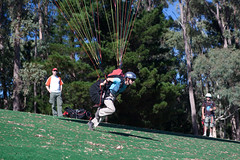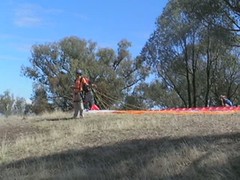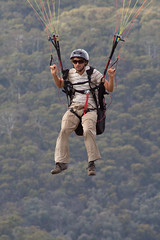It’s a week since I got to Moree and started my ‘ideal’ job – at least as far as jobs go that I can do to fulfil my working holiday visa requirements. I’m staying on a 7000 acre farm 50km north of Moree, mainly doing gps tractor driving by day and very little by night as, being the sole employee of the farmer, I’ve got the workers’ quarters all to myself. Now as much as I quite like my own company from time to time and would happily go off for a hike into the hills or the likes and lose myself for a few days, what I’m faced with here is possibly over a month of living in solitude apart from seeing the farmer, who’s leadership skills haven’t left me exactly warming to him.
I’ll take a step back for a moment, as it’s a bit of leap for an I.T. guy to be saying he’s now taken on the role of hermit-come-farmer, and recap how I got here. Back in August I arrived in Australia on a working holiday visa, giving me a year in the country with basically no restrictions: great. The government also offers the visa for a second year to those who’ve used their first year visa, but on the condition that they’ve done 3 months (or 88 days if not all done with one employer) of farm, fishing, mining or construction work, in a regional postcode area. Now, I like to keep my options open and when I got to Australia, although I had no idea if I even would want to stay for one year, I was sure that if I did any work I’d make it count towards the second year, as hey, maybe I’d really want it after all. So, heading up the west coast, I applied for a tractor driving job – possibly the easiest type of farm work I could think of, and I have the advantage of actually having driven tractors on the farm beside my house back home – but with no luck and ended up picking mangoes in the Northern Territory through November. Down in Victoria, a few months later, I picked up some work at a berry farm, taking me up to a total of 31 days knocked off for the visa. Great, but after struggling to drag myself out of Bright for almost 3 months, I was left with a little over 3 months to find 47 days work in a country where I’d heard plenty stories about backpackers finding it hard to get work. Not one to be rushed, I dossed about in Sydney for a couple of days then checked on the government’s harvest work website, with an eye to applying for the job with the longest life expectancy and low-and-behold, posted that day, is a tractor-driving job in Moree.
So, here I am. Meeting the farmer off the train at Moree, I was getting quite excited by the figures I was hearing: a 400hp tractor – sounds fun – and a 7000 acre farm – well I know roughly how big a 20 acre field is but my imagination doesn’t really extend over a few hundred acres, so wow. Turns out it’s about 12 square miles, so if I climb the hill behind my house, most of the land I see would be part of this farm. Anyway, the first few days were pretty mundane, fixing up bits of the 18m wide sowing machine, tightening bolts, greasing bearings, cleaning up grain from the silos, that sort of thing. Mundane as it was, I could deal with that, but with by far the worst boss I’ve ever served under, I was already wondering whether I’d last much more than a week before I cracked under his constant questioning of why I didn’t do this, hadn’t done that, didn’t know how to do that, hadn’t done that quicker etc. Luckily, the forth day saw us taking the tractor and sowing machine out to the field and making a start at sowing wheat.
The reason I really wanted this job was, quite frankly, because I’m lazy. I’ve done a month of mango picking, going home with aching muscles and sore feet every day and having no time for anything between finishing eating and going to bed, so sitting on my arse in a tractor all day, and being paid a little more than I was for both the mangoes and the berry farm sounds great. And it gets better: the tractor has a gps unit that controls the steering of the tractor as it sows lengths of the field, so all I have to do is turn it at end of each row and take over briefly whenever there are trees on a row. My job is vaguely comparable to when I worked in I.T.: I sit on a chair, occasionally put my feet up when the boss isn’t looking, can listen to music, stare at a couple of computer screens occasionally, stare out the window, and every 10 minutes or do some work!
Of course the difference with my I.T. jobs is, if I was sitting on the chair doing nothing it was procrastination, whereas in the tractor, it’s because there’s nothing to do apart from look out the window to make sure the 10 tons of machinery and grain I’m towing is still there. It is a boring job, but so long as it’s boring I’m not going to whinge as I’m sure I’m earning more than a lot of people who are working a lot harder than me, and it’s bad enough being in that situation without being ungrateful for it. But, the field that I’ve been sowing for the past 4 days (yup, it’s over half a mile wide and well over a mile long) will be done tomorrow and if that means I’m back to being in the firing line of more abuse from the boss, then maybe my time as a tractor-driver will once again start to look short-lived, and maybe this month I’ll have the chance to be something other than this, maybe a fruit-picker again, or maybe just a backpacker for a while.


